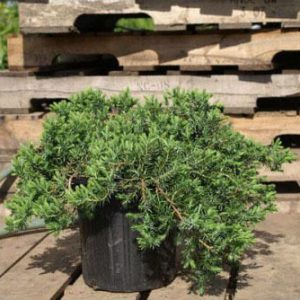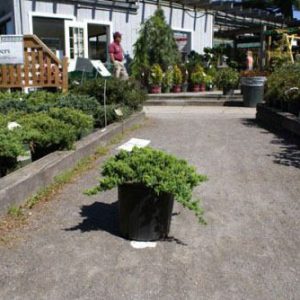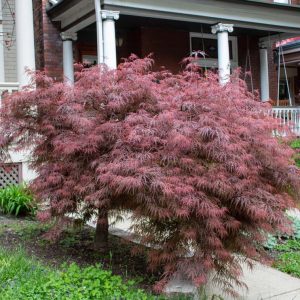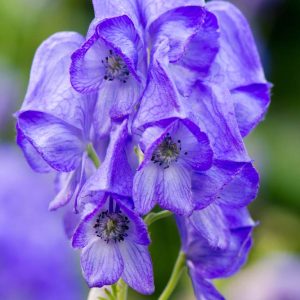Description
Baptisia – False Indigo – Wild Indigo –
There are about 30 species of erect or spreading perennials, in this genus. They occur in poor, gravelly soils in dry woodland and grassland in Eastern, Central and Souther USA, with a few species in river valleys. They have alternate, fully divided, 3 palmate leaves and tall branched stems bearing terminal or axillary racemes of blue, purple, yellow or white, pea like flowers, over a fairly long summer season. The flowers are followed by large often inflated pods. Grow in an informal border, open, hillside site, wild garden, or on a dry, sunny bank.
Grow in open, porous, neutral, preferably sandy soil in full sun. Deadhead after flowering. Divide in early spring.
Prone to weevils, fungal leaf spots, powdery mildew, and rust.
B. pendula – This erect bushy perennial from Eastern North America grows 3 ½’ feet tall and 30″ wide. From purple-blue tinted, gray green stems it carries palmate, blue-gray leaves, each with 3 ovate leaflets, 1 ½-3″ long. In late spring it bears erect terminal racemes of many white flowers, to 1″ across, followed by pendent, black seed pods. Useful in the back of a border as a contrast to shorter spring blooming perennials.
Zones 3-8





